News
EPJ D Highlight - Optimising laser-driven electron acceleration
- Details
- Published on 03 December 2020

A new paper examines how tuning aspects of a powerful laser beam can affect the acceleration of electrons, attempting to find the recipe for maximum net energy gain.
The interaction between lasers and matter is at the forefront of new investigations into fundamental physics as well as forming a potential bedrock for new technological innovations. One of the initiatives spearheading this investigation is the Extreme Light Infrastructure Nuclear Physics (ELI-NP) project. Here the project’s High-Power Laser System (HPLS) — the world’s most powerful laser—is just one of the tools driving electron acceleration with lasers, Direct Laser Acceleration (DLA). In a new paper published in EPJ D, Etele Molnár, ELI-NP, Bucharest, and co-authors study and review the characteristics of electron acceleration in a vacuum caused by the highest-power laser pulses achievable today looking for the key to maximum net energy gain.
EPJ C Highlight - Detecting solar neutrinos with the Borexino experiment
- Details
- Published on 03 December 2020
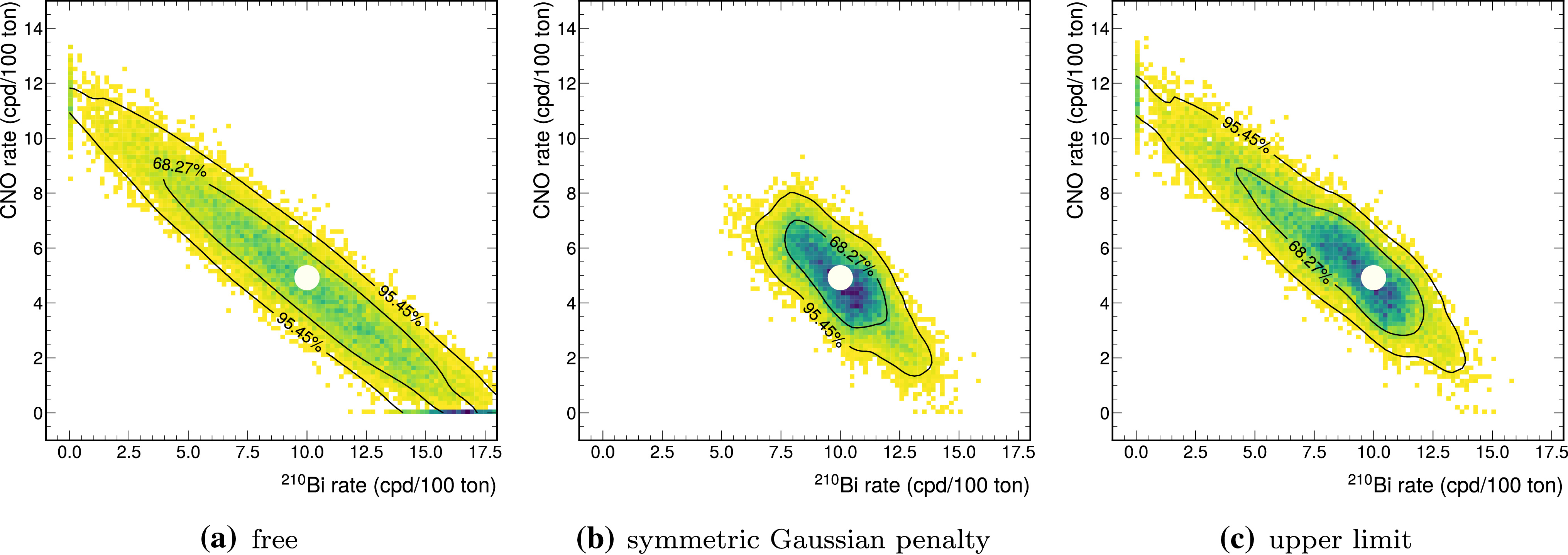
Neutrinos produced by the CNO cycle within the core of the Sun are being hunted by the Borexino experiment so that we may learn more about this important nuclear process.
Neutrinos are chargeless particles with about a mass about a millionth that of an electron that are created by the nuclear processes that occur in the Sun and other stars. These particles are often colourfully described as the ‘ghosts’ of the particle zoo because they interact so weakly with matter. A paper published in EPJ C by the Borexino collaboration – including XueFeng Ding, Postdoc Associate of Physics at Princeton University, United States – documents the attempts of the Borexino experiment to measure low-energy neutrinos from the Sun’s carbon-nitrogen-oxygen (CNO) cycle for the first time.
EPJ Web of Conferences Highlight - CHEP2019: Computing in High Energy and Nuclear Physics
- Details
- Published on 03 December 2020
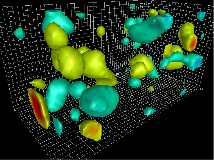
The CHEP conferences address the computing, networking and software issues for the world’s leading data‐intensive science experiments that currently analyse hundreds of petabytes of data using worldwide computing resources.
The 24th International Conference on Computing in High Energy and Nuclear Physics (CHEP 2019), took place at the Adelaide Convention Centre in Adelaide, South Australia from 4–8 November 2019.
EPJ E Highlight - Characterising complex flows in 2D bubble swarms
- Details
- Published on 30 November 2020
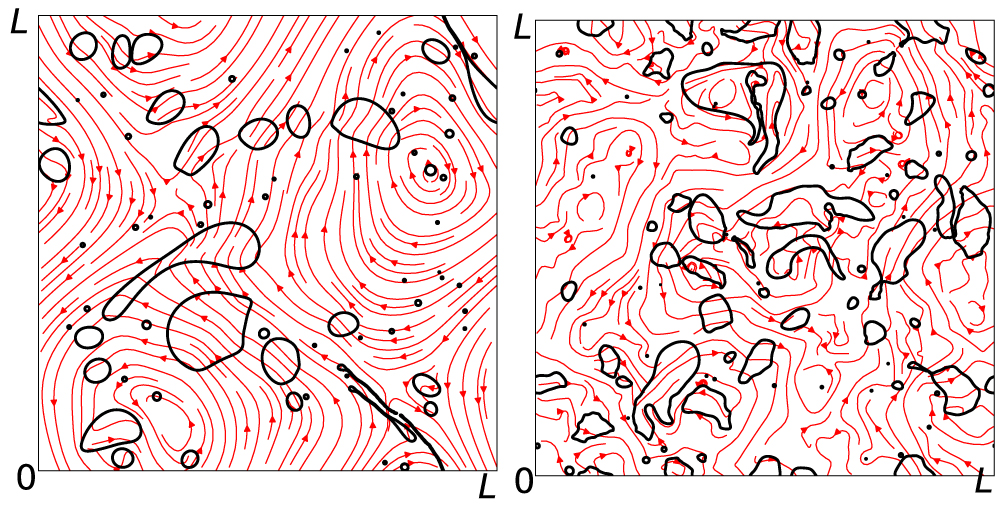
In 2D simulations, the flows surrounding rising swarms of bubbles display characteristically different behaviours to those observed in 3D models
When swarms of bubbles are driven upwards through a fluid by their buoyancy, they can generate complex flow patterns in their wake. Named ‘pseudo-turbulence,’ these patterns are characterised by a universal mathematical relationship between the energy of flows of different sizes, and the frequency of their occurrence. This relationship has now been widely observed through 3D simulations, but it is less clear whether it would still hold for 2D swarms of bubbles. Through research published in EPJ E, Rashmi Ramadugu and colleagues at the TIFR Centre for Interdisciplinary Sciences in Hyderabad, India, show that in 2D simulated fluids, this pattern changes within larger-scale flows in less viscous fluids.
EPJ B Colloquium - Hierarchically nanostructured thermoelectric materials: challenges and opportunities for improved power factors
- Details
- Published on 26 November 2020

The field of thermoelectric materials has undergone a revolutionary transformation over the last couple of decades as a result of the ability to nanostructure and synthesize myriads of materials and their alloys. The ZT figure of merit, which quantifies the performance of a thermoelectric material has more than doubled after decades of inactivity, reaching values larger than two, consistently across materials and temperatures. Central to this, is the drastic reduction in the materials’ thermal conductivity due to the hierarchical scattering of phonons on the purposely included numerous interfaces, boundaries, dislocations, point defects, phases, etc. However, as the thermal conductivity has reached amorphous values, these benefits are reaching their limits. Any further benefits would come from the power factor, namely the product of the electronic conductivity and Seebeck coefficient squared. These quantities need to be maximized, however, they are in general inversely related, which makes power factor improvement a significant challenge.
EPJ E Highlight - Building better diffusion models for active systems
- Details
- Published on 19 November 2020
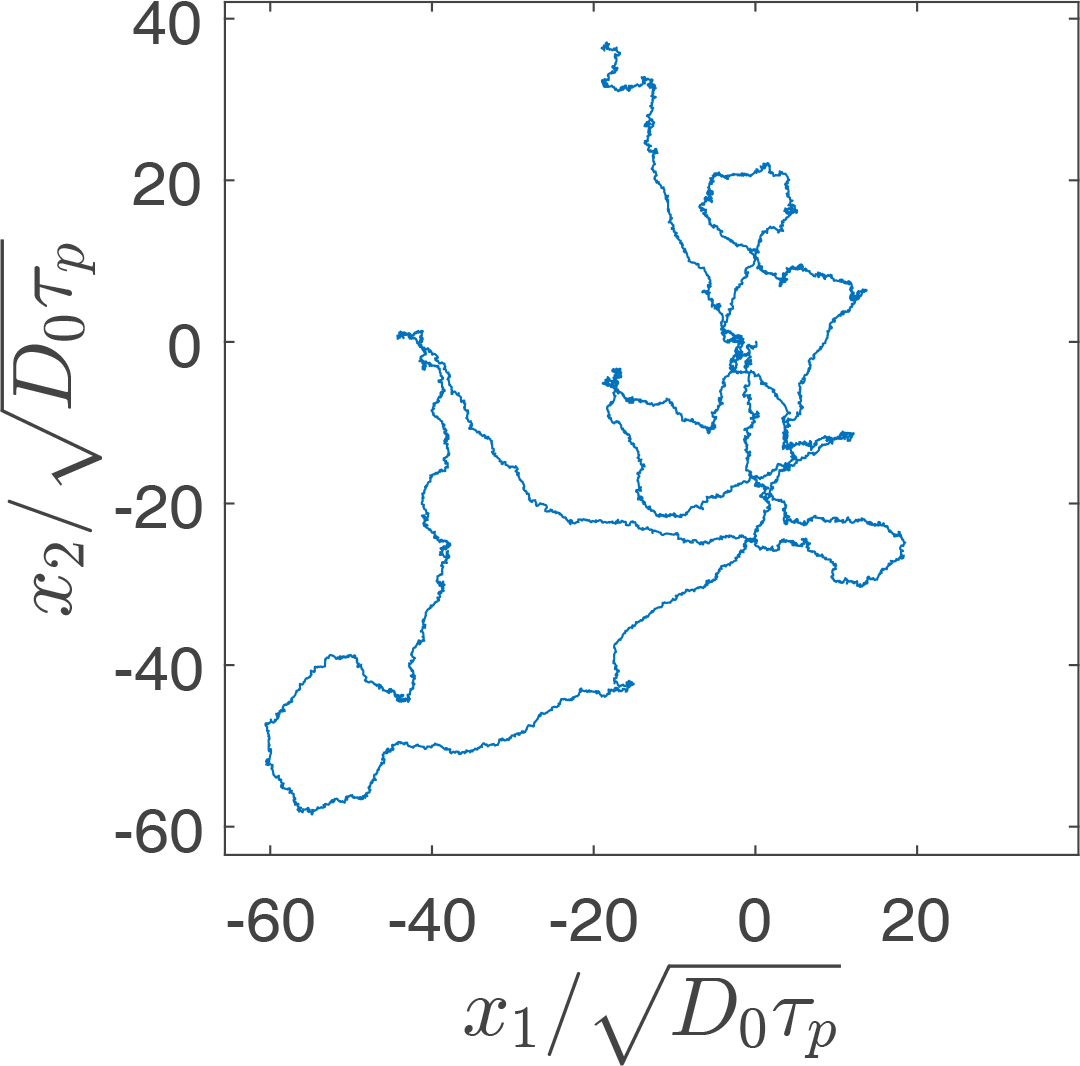
Modifications to existing theories have enabled researchers to better understand and model the dynamics of systems which don’t obey conventional laws of diffusion
In normal circumstances, particles will follow well-established random motions as they diffuse through liquids and gases. Yet in some types of system, this behaviour can be disrupted – meaning the diffusion motions of particles are no longer influenced by the outcomes of chains of previous events. Through research published in EPJ E, Bernhard Mitterwallner, a Ph.D. student in the team of Roland Netz at the Free University of Berlin, Germany, has developed new theories detailing how these unusual dynamics can be reproduced in generalised mathematical models.
EPJ E Highlight - Modelling microswimmers for drug delivery
- Details
- Published on 11 November 2020

Mathematical models of the motion of cells in viscous liquids that show how this motion is affected by the presence of a surfactant coating have applications in the design of artificial microswimmers for targeted drug delivery, micro-surgery and other applications.
Many types of motile cells, such as the bacteria in our guts and spermatozoa in the female reproductive tracts, need to propel themselves through confined spaces filled with viscous liquid. In recent years, the motion of these ‘microswimmers’ has been mimicked in the design of self-propelled micro- and nano-scale machines for applications including targeted drug delivery. Optimising the design of these machines requires a detailed, mathematical understanding of microswimmers in these environments. A large, international group of physicists led by Abdallah Daddi-Moussa-Ider of Heinrich-Heine-Universität Düsseldorf, Germany has now generated mathematical models of microswimmers in clean and surfactant-covered viscous drops, showing that the surfactant significantly alters the swimmers’ behaviour. They have published their work in EPJ E.
EPJ B Highlight - Investigating optical activity under an external magnetic field
- Details
- Published on 06 November 2020

New research reveals that applying a magnetic field to a chiral metamaterial can change the way it polarises light.
Optical activity in chiral molecules has become a hot topic in physics and optics, representing the ability to manipulate the polarized state of light. Understanding how molecules rotate the plane of plane-polarized light has widespread applications, from analytic chemistry to biology and medicine — where it can, for example, be used to detect the amount of sugar in a substance. A new study published in EPJ B by Chengping Yin of the Guangdong Provincial Key Laboratory of Quantum Engineering and Quantum Materials, South China, aims to derive an analytical model of optical activity in black phosphorous under an external magnetic field.
EPJ D Highlight - Identifying biomolecule fragments in ionising radiation
- Details
- Published on 28 October 2020
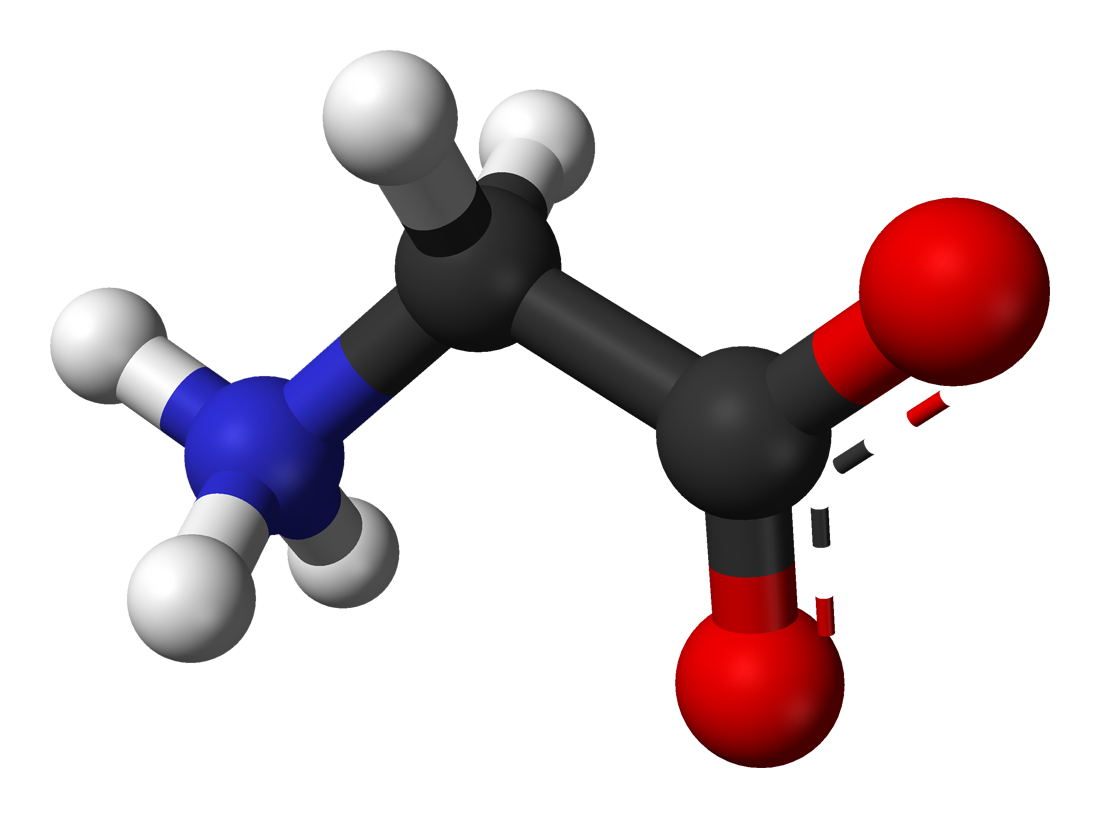
Research published in EPJ D has revealed how the nature of biomolecule fragmentation varies with the energies of electrons produced when living cells are irradiated with heavy ions.
When living cells are bombarded with fast, heavy ions, their interactions with water molecules can produce randomly scattered ‘secondary’ electrons with a wide range of energies. These electrons can then go on to trigger potentially damaging reactions in nearby biological molecules, producing electrically charged fragments. So far, however, researchers have yet to determine the precise energies at which secondary electrons produce certain fragments. In a new study published in EPJ D, researchers in Japan led by Hidetsugu Tsuchida at Kyoto University define for the first time the precise exact ranges in which positively and negatively charged fragments can be produced.
EPJ C Highlight - Weak equivalence principle violated in gravitational waves
- Details
- Published on 28 October 2020
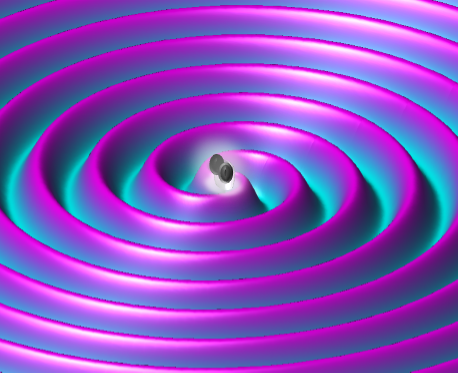
Calculations reveal that a key principle of classical physics is broken by quantum particles as they pass through ripples in spacetime.
The Weak Equivalence Principle (WEP) is a key aspect of classical physics. It states that when particles are in freefall, the trajectories they follow are entirely independent of their masses. However, it is not yet clear whether this property also applies within the more complex field of quantum mechanics. In new research published in EPJ C, James Quach at the University of Adelaide, Australia, proves theoretically that the WEP can be violated by quantum particles in gravitational waves – the ripples in spacetime caused by colossal events such as merging black holes.




